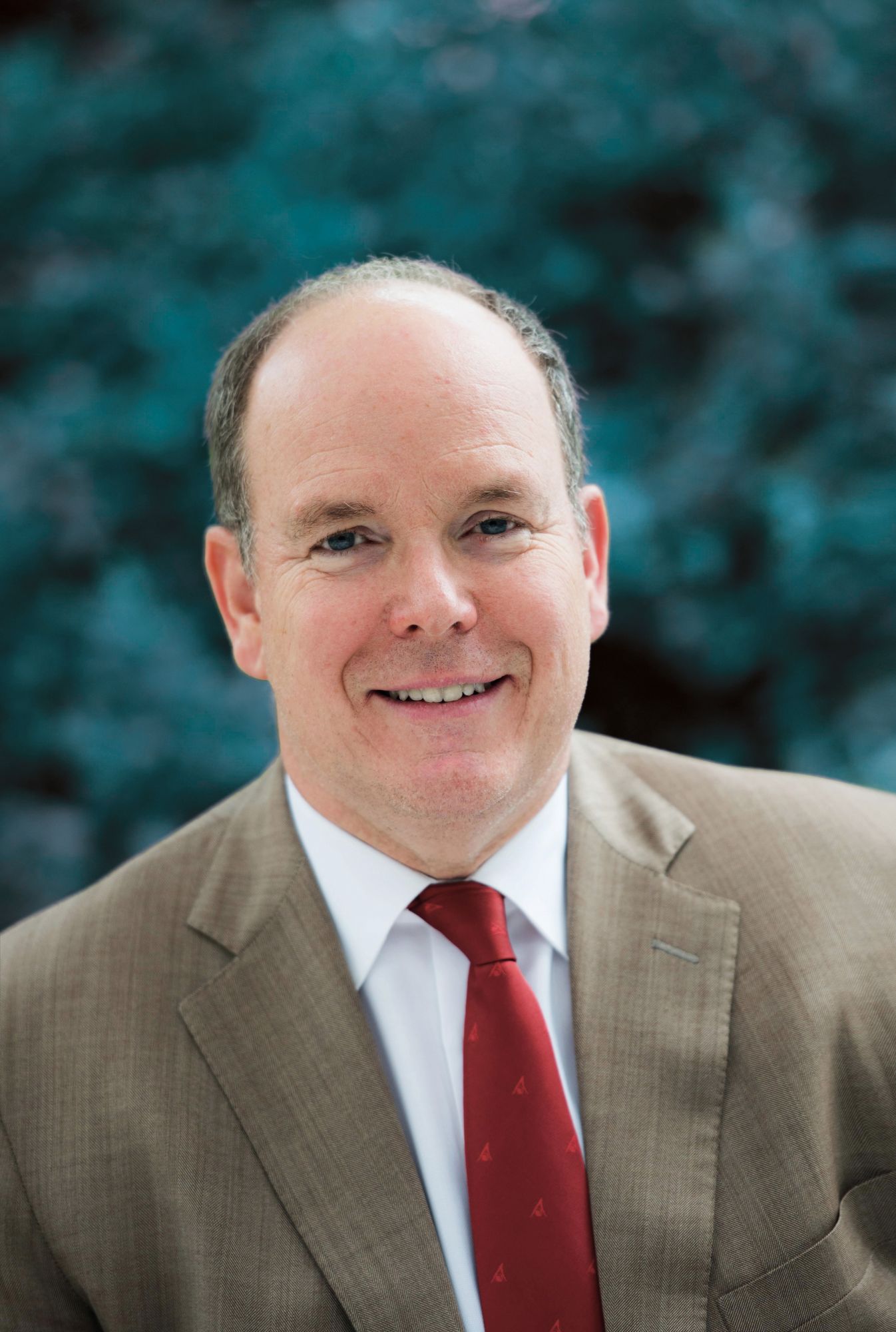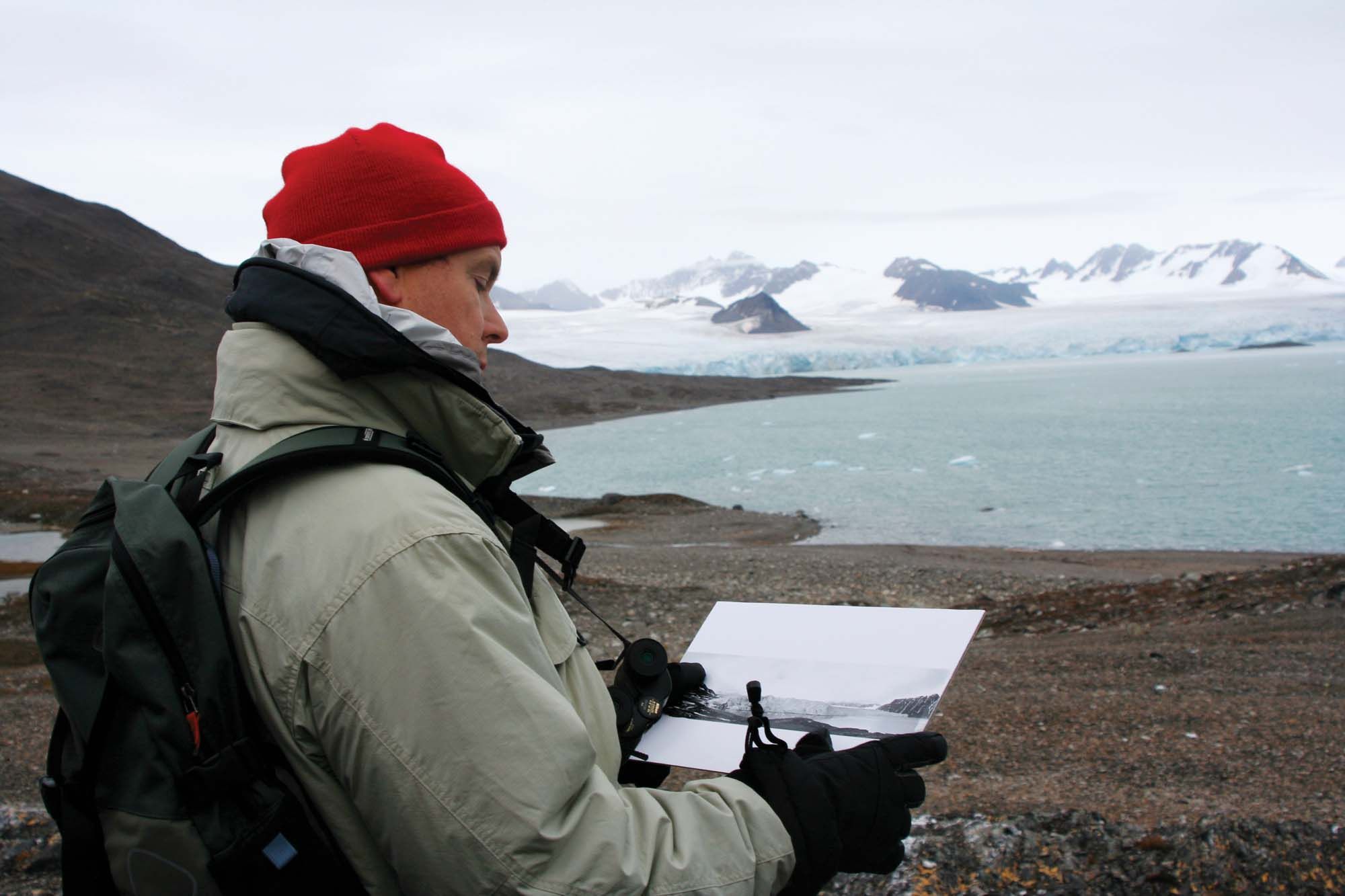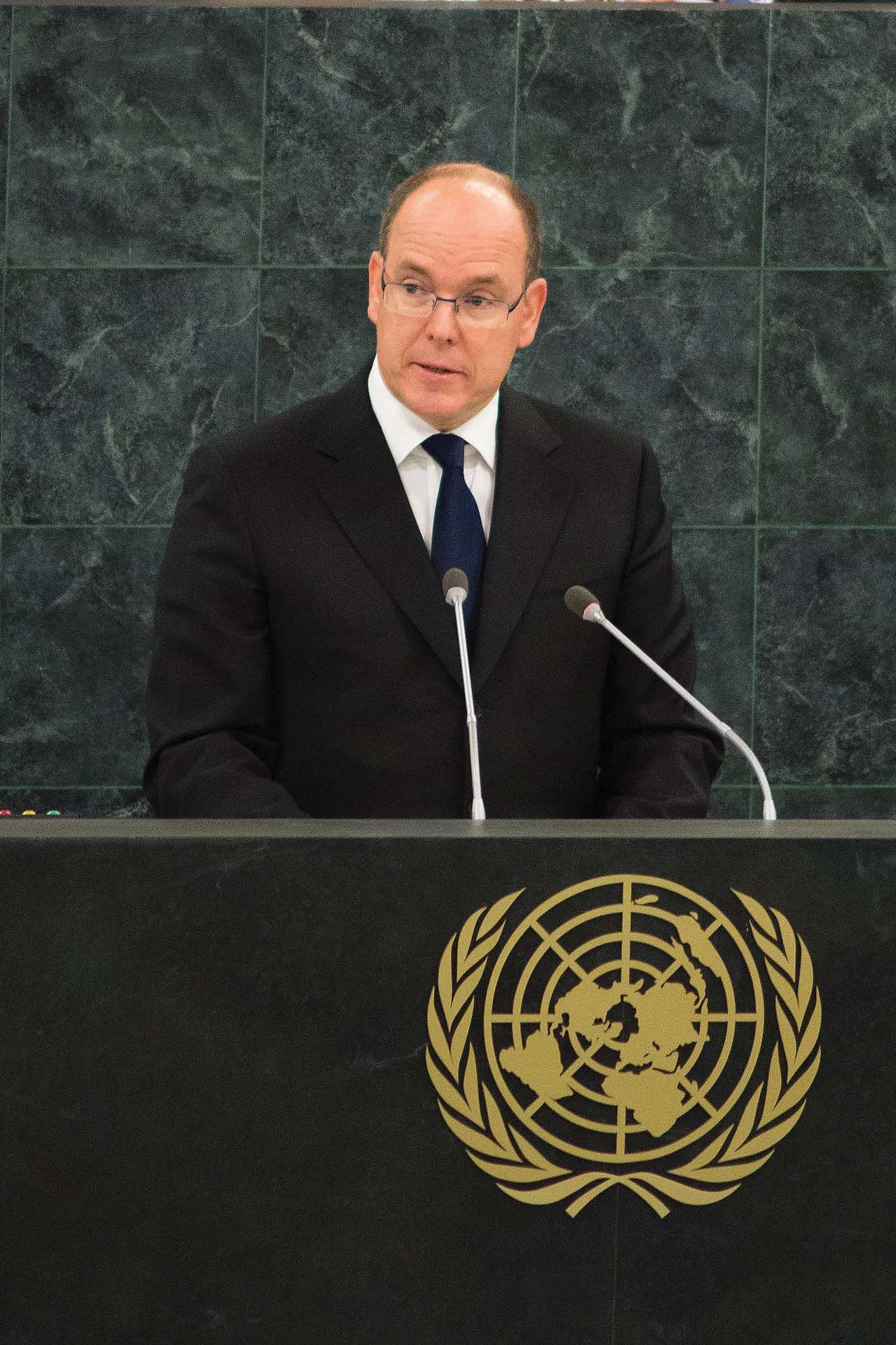The history and future of Monaco, and indeed the world, is intimately linked to the health of the oceans, says the principality’s reigning monarch
It may be one of the smallest countries in the world, but Monaco looms large in the popular imagination, wreathed in sun-kissed glamour. The belle epoque turrets of the Monte Carlo casino and hairpin turns of the Monaco Grand Prix number among its most famous attractions, but there is another draw here that is no less mesmerising—the Mediterranean Sea that laps at the coastline of this picturesque principality.
(Related: Here's What It's Like To Attend The Monaco Grand Prix As A VIP Client Of Louis Vuitton)

Views of crystalline blue waters are ubiquitous in the city state, and this geographical proximity to the sea contributes far more than a scenic backdrop. It has shaped Monaco’s identity. “With the Alps at its back, the entire Rock of Monaco is sea-facing, to the point that, until the arrival of the railway in the 1860s, it was easier to reach Monaco by boat than over land,” says His Serene Highness Prince Albert II, the reigning monarch of Monaco and head of the princely house of Grimaldi. He is referring to Le Rocher, the rocky promontory that is the oldest part of the country.
We are interviewing him ahead of his visit to Singapore to grace a fundraising gala dinner for the Prince Albert II of Monaco Foundation on November 9, and we were particularly curious to find out how his family influenced his foundation’s focus on environmental protection and sustainable development.
“There is a steadfast, historic link connecting my family with the environment and in particular with the Mediterranean Sea. From our very earliest history, the Grimaldis have always had links with the sea,” he responds.
(Related: 5 Watches That Help Save Our Oceans)





